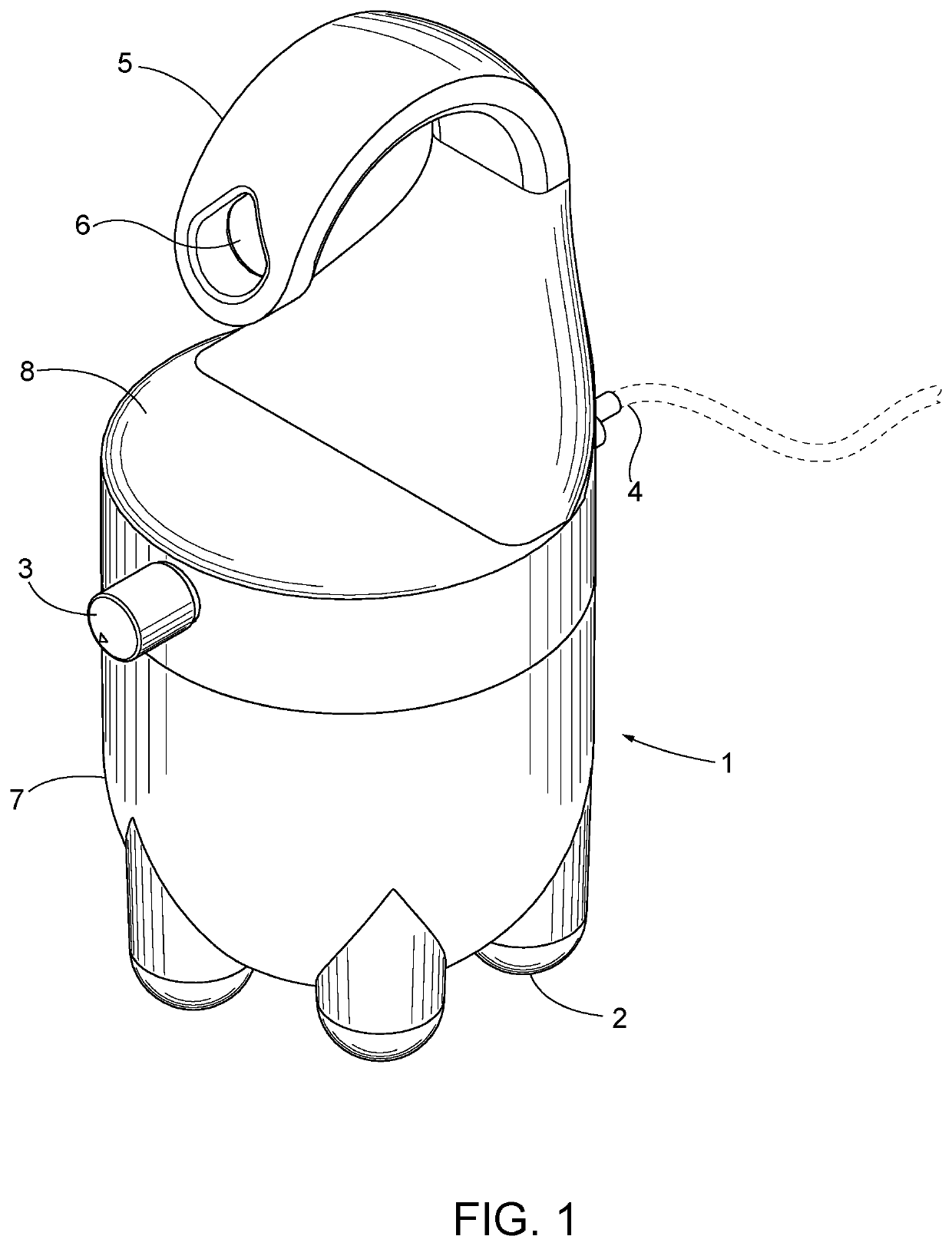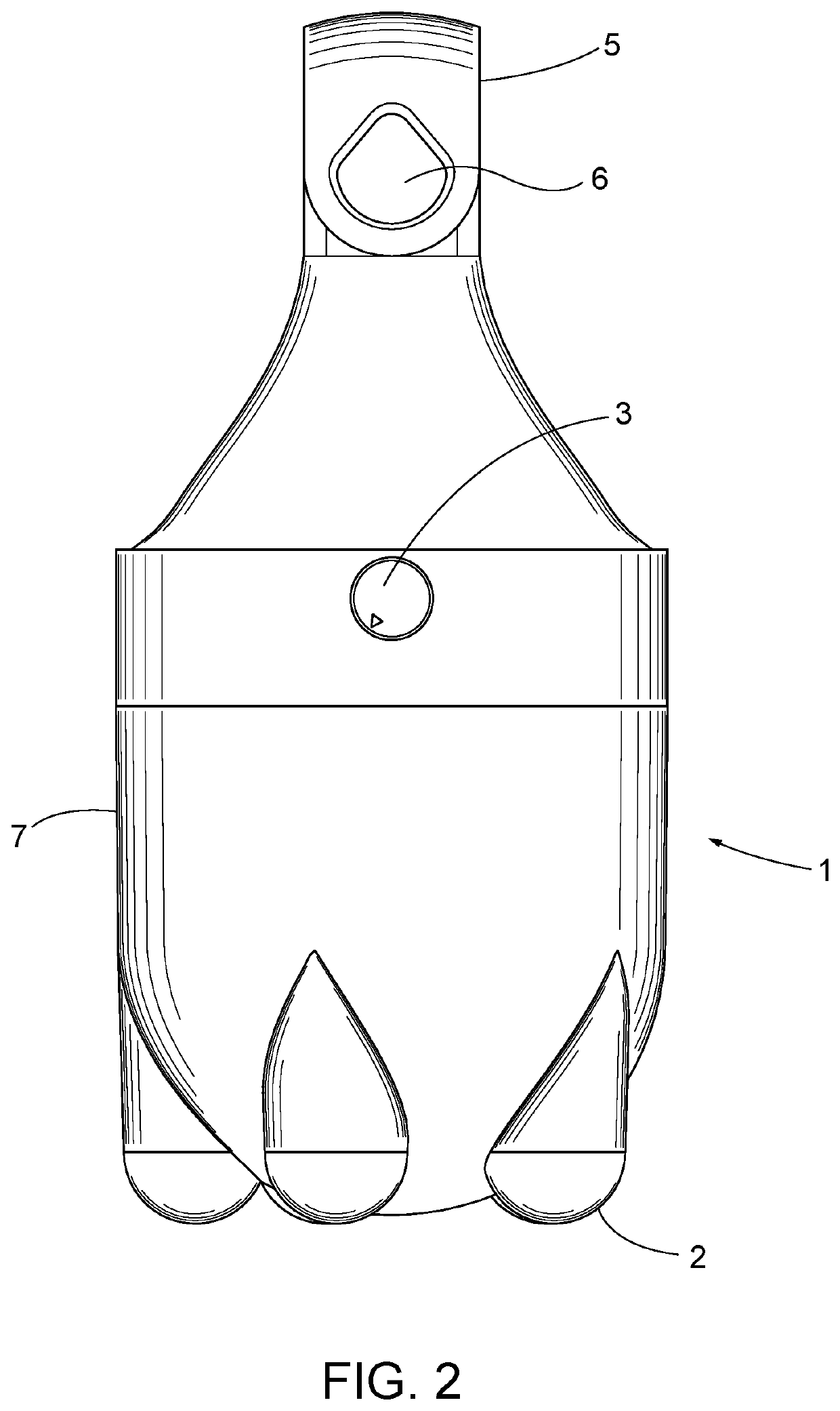Circadian-friendly and distance-responsive lighting system
- Summary
- Abstract
- Description
- Claims
- Application Information
AI Technical Summary
Benefits of technology
Problems solved by technology
Method used
Image
Examples
example 2
[0124]Three lights on a system —placement of component within system, can identify the relative location of a person holding component as depicted in FIG. 14 depicting triangulation.
[0125]Example, at a living center, there are positioned three anchors 1 within a certain area. John Smith, a member of the living center, did not appear at meeting. John Smith is wearing a tag 11. We can triangulate the position of the tag 11 normally with John Smith to identify position. This can allow quick and easy identification of the location of a person without more intrusive auditory alarms or requests to locate the person.
[0126]The information on location can be relayed to a computer with UWB radio attachment, locating John Smith in a room engaging with other individuals, and thus no further engagement or interaction is needed. Relative distances between the tag 11 and each anchor 1 can be calculated via the software and processor in the devices, and relative distances calculated to identify the...
example 3
[0127]Multiple tags with a physical on / off toggle can relay an electromagnetic signal to anchors. This creates a system of light switches that can be moved and placed anywhere in an environment. This system is ideal for those uninterested in carrying a transmitter as it is hands-free and does not require a separate tag for triggering purposes.
[0128]Example, in the home, FIG. 19, Mary has difficulty ambulating and has poor eyesight. She has placed magnetic stickers 101 and magnetically attached tags 100 on her bedside table as well as in other easy-to-reach locations in her house. She wakes up in the middle of the night to go to the bathroom, touches the tag switch 102, and the anchors 1 (i.e. circalights) instantly turn on at the brightness level she already set, wherever they are in the house (i.e. bathroom in this scenario). This provides for a direct binary control of an anchor 1 based on the necessary settings for the user, and allows for easy location and placement of tools to ...
example 4
[0129]In the surgical field, lighting needs to be constantly adjusted by an operator manually to obtain the best view of the field.
[0130]Example, precise distance sensing with UWB tags and anchors could allow for triangulation of the surgeon's hands if he is wearing a UWB tag and if there are anchors on edges of operating room bed; this can allow automation of light fixture to automatically light an area near the hand / tag.
PUM
 Login to View More
Login to View More Abstract
Description
Claims
Application Information
 Login to View More
Login to View More - R&D
- Intellectual Property
- Life Sciences
- Materials
- Tech Scout
- Unparalleled Data Quality
- Higher Quality Content
- 60% Fewer Hallucinations
Browse by: Latest US Patents, China's latest patents, Technical Efficacy Thesaurus, Application Domain, Technology Topic, Popular Technical Reports.
© 2025 PatSnap. All rights reserved.Legal|Privacy policy|Modern Slavery Act Transparency Statement|Sitemap|About US| Contact US: help@patsnap.com



